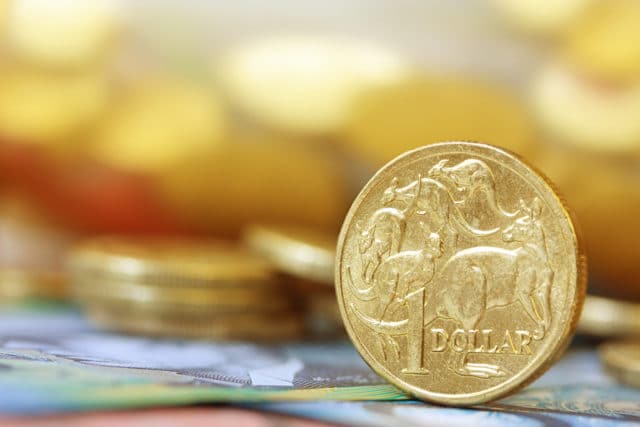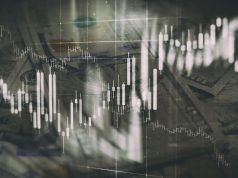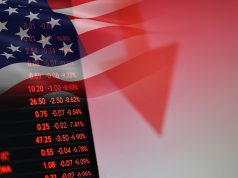In many economies there seems to be the consistent and continuous trend of currencies climbing. At time of course it works the other way and the currency falls. It can influence countries in either positive or negative ways. In terms of Australia their dollar is currently swelling meaning it is taking a hike.
Remote trade, or forex, exchanging is an undeniably mainstream showcase for financial specialists and examiners. The business sectors are tremendous and fluid, exchanging happens on a 24-hour premise, and there is gigantic influence accessible to even a little individual broker. In addition, it is chance to exchange on the relative fortunes of nations and economies instead of the peculiarities of organizations.
The Australian Dollar to be exact is up by 0.9% at .7679 for each dollar. Prior, the Reserve Bank of Australia held its benchmark financing cost at 1.50%, not surprisingly. The bank included that its “gauges for yield development and swelling are minimal transformed from those of three months prior.”
It’s always good to look at how the rest of the world is doing in terms of their currencies. It’s good to see the comparison. Concerning other countries in the world, here’s the data.
The Japanese yen is minimal changed at 104.86 for every dollar after the Bank of Japan voted 7-to-2 to keep its key financing cost and focus for the 10-year JGB yield at – 0.1% and 0%, individually, while cautioning that dangers to development and swelling are skewed to the drawback.
The Russian ruble is up 0.4% at 63.1072 for each dollar, while Brent raw petroleum, the worldwide benchmark, is higher by 0.3% at $48.77 per dollar. Independently, Markit producing PMI rose to 52.4 in October, up from a month ago’s 51.1.
The US dollar file is lower by 0.4% at 98.10 in front of Markit US producing PMI, development spending, and ISM fabricating. Independently, the Fed starts its two-day meeting.
The British pound is minimal changed at 1.2233 against the dollar after the UK’s assembling PMI for October came in at 54.3, beneath desires of 54.5, and down from a month ago’s 55.5. IHS Markit, which draws up the figure, claims that the slight stoppage comes as weaker swapping scale raises input costs and new fare orders.
To finish, the euro is up by 0.4% at 1.1025 against the dollar.
But what exactly affects the Australian Dollar. There are many factors that you can take into consideration in what influences the Australian Dollar and The Bull goes through them. Growth numbers, Offshore influences, Consumer and Business confidence, Inflation figures, Labour market, Housing market, Stock & Bond Markets and the list goes on. Overall, they are all pieces of the economic puzzle.










